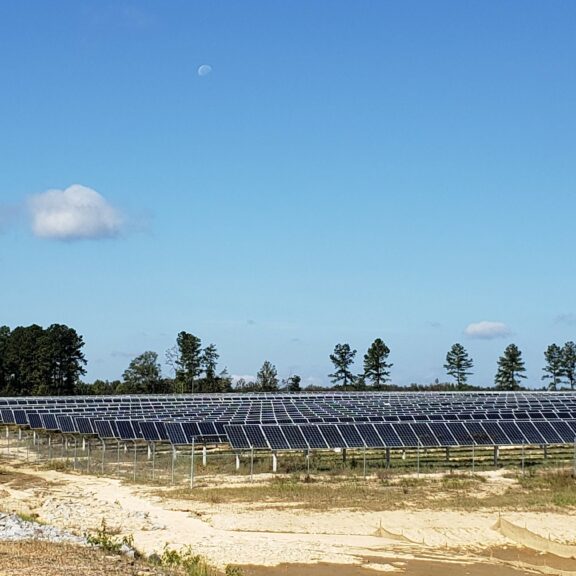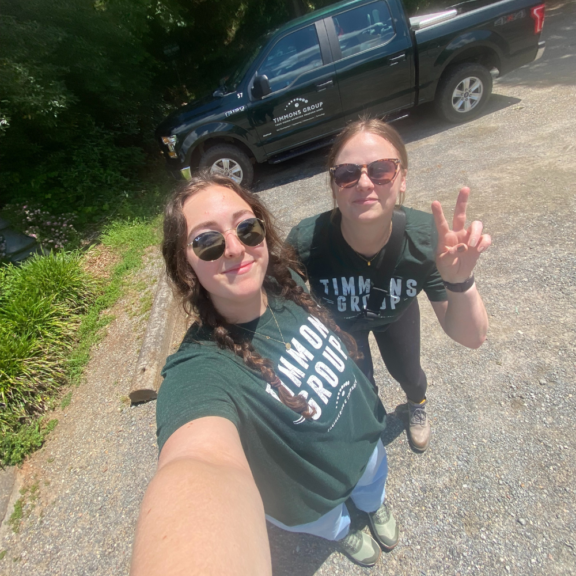Endangered Species Day is a great reminder that the places we build and the wildlife that inhabit them are more connected than we often think. From forest orchids to eagles and salamanders, protecting threatened & endangered species doesn’t just help the environment, it’s also a key part of smart, responsible development.
At Timmons Group, our environmental team works with clients to find that balance. We help identify sensitive habitats early in the planning process so projects can stay on track and in compliance while still doing right by the environment.
Let’s take a look at a few of the species our Richmond environmental team monitors to keep projects moving and on track:
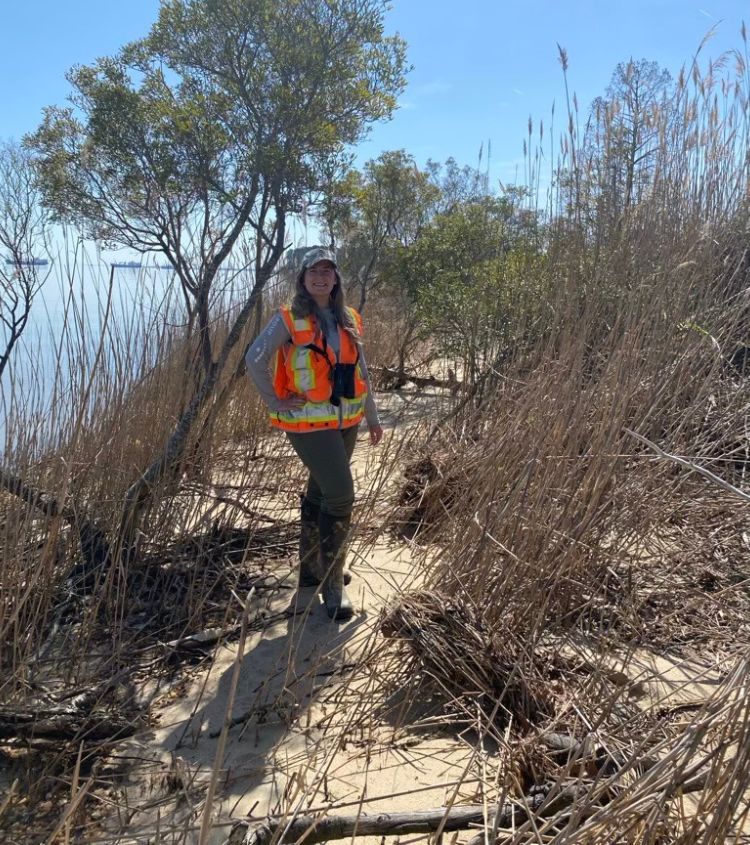
Bald Eagle Nest Surveys — Thanks to decades of conservation, bald eagle populations have rebounded but still require careful attention, especially during nesting season. In Virginia, nests are commonly found near rivers, lakes, and coastlines, and can remain active year after year. Protected under the Bald and Golden Eagle Protection Act, our team conducts expert nest surveys, documenting nest locations to help you stay compliant and avoid delays.
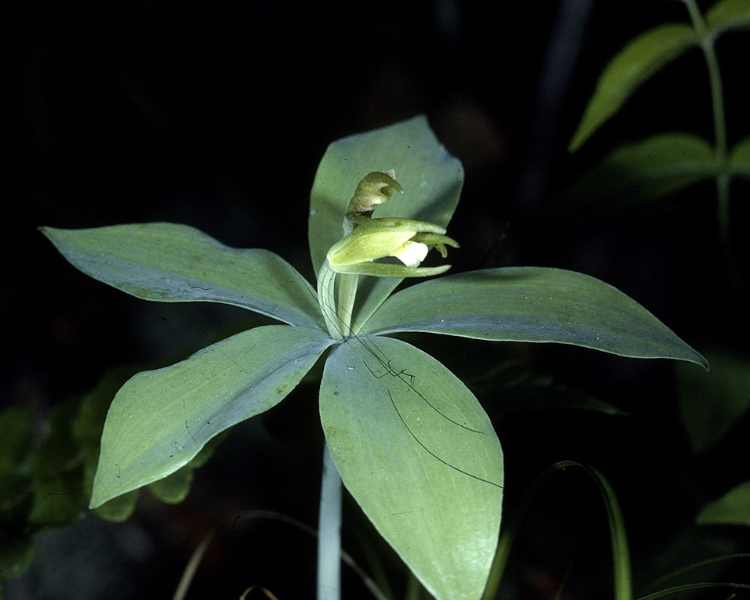
Small Whorled Pogonia Surveys — The Small Whorled Pogonia is a rare federally threatened orchid found in select Virginia habitats. Because this plant prefers mature, mixed hardwood forests with sparse undergrowth, detection is tricky and requires specialized expertise. Its rarity makes it a high priority for conservation, and even a single plant can influence land use decisions. We offer both habitat assessments and presence/absence surveys to meet USFWS and VDGIF requirements.
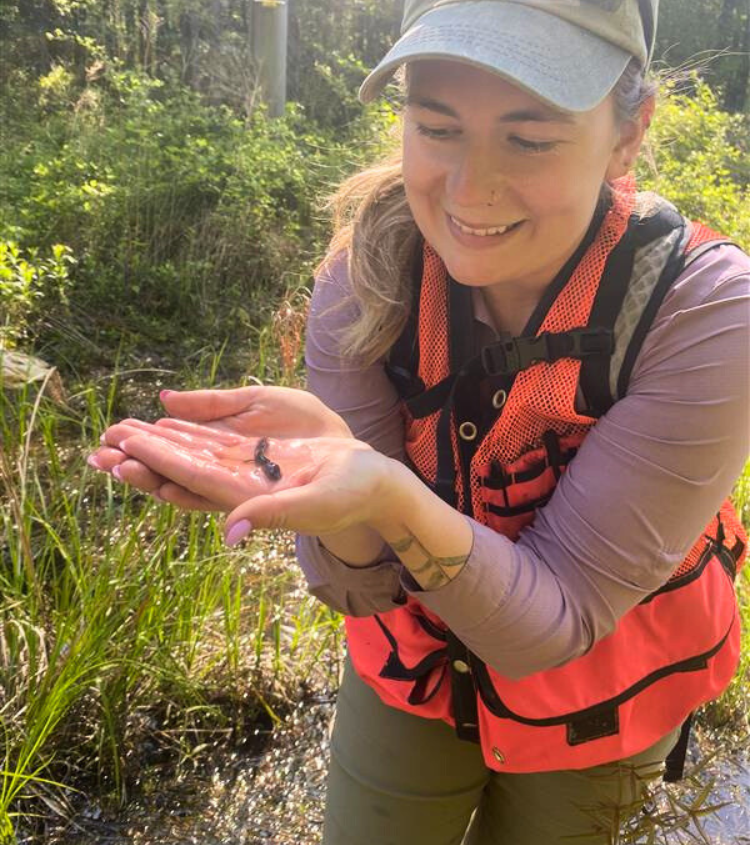
Mabee’s Salamander Habitats — This secretive amphibian breeds in fish-free, temporary pools and spends much of the year underground. Designated a Species of Greatest Conservation Need in Virginia, Mabee’s Salamander relies on seasonal wetlands. Its limited range and specific habitat needs make early identification essential during project planning. We help identify and evaluate suitable habitats to support your planning and permitting needs.
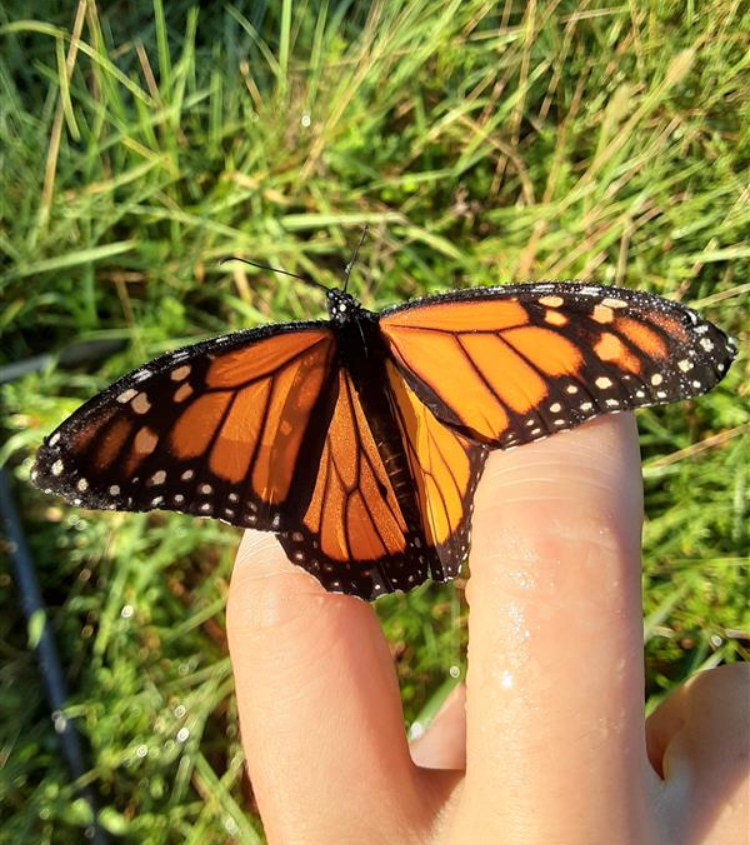
Monarch Butterfly Habitats — Monarchs migrate thousands of miles annually, relying on native milkweed species to complete their life cycle. Loss of breeding habitat in Virginia is one of the leading threats to this iconic butterfly. As the monarch butterfly faces review for federal protection, its habitat has become a key consideration in development planning. We assess milkweed and nectar sources to inform conservation-minded land use decisions.
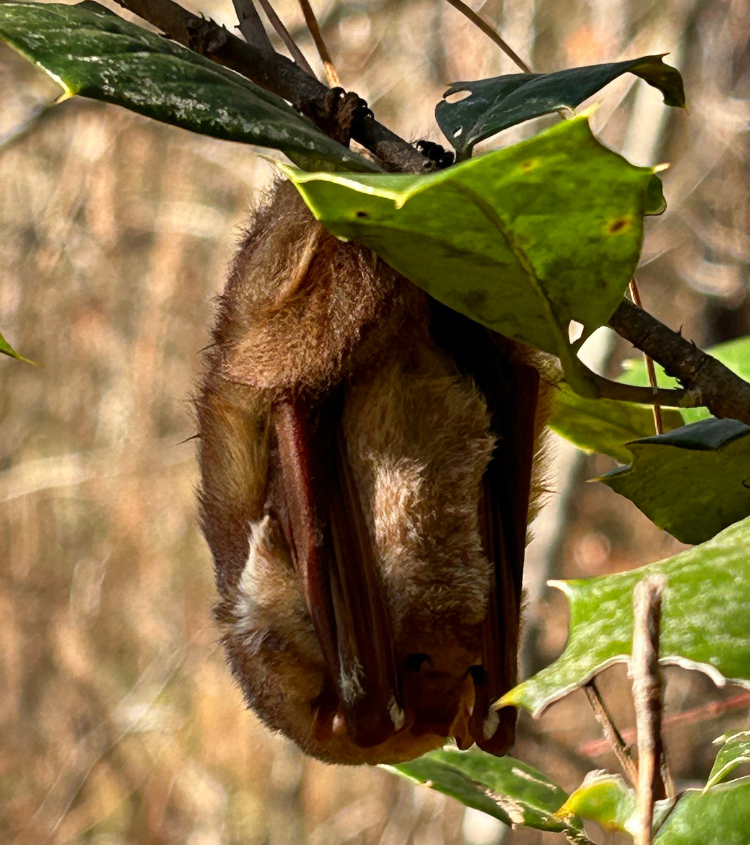
Bat Bridge/Structure Assessments — Many threatened and endangered bat species, such as the northern long-eared and tricolored bat, roost in human-made structures. When bats are discovered in a structure slated for renovation or demolition, their protection status can halt work if not handled properly. Our team conducts bridge and culvert assessments to help identify potential impacts and guide mitigation strategies. Proactive assessments can help you stay on schedule and in alignment with conservation requirements.
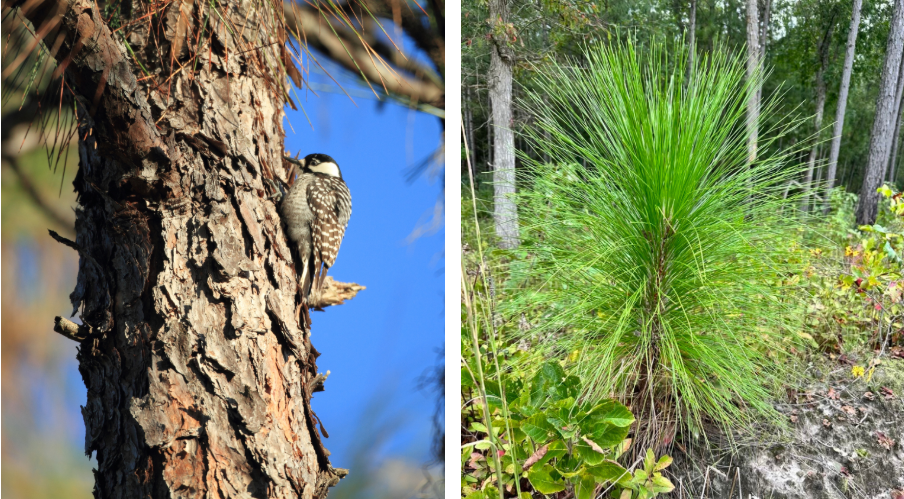
Red-cockaded Woodpecker Habitat & Longleaf Pine — The Red-cockaded Woodpecker is federally listed as endangered and has highly specific habitat needs. Unlike most woodpeckers, it nests exclusively in living pine trees that are typically over 80 years old and depends on mature pine forests, particularly longleaf pine, for survival. In Virginia, it’s limited to a few managed conservation areas, making early habitat screening essential for regulatory compliance. We conduct habitat assessments to determine if project areas contain suitable conditions for this rare species.
Our team takes pride in helping clients build responsibly. Whether it’s a new roadway, a residential/commercial development, or the installation of an essential utility service, we make sure environmental regulations are met without losing sight of project goals.
On Endangered Species Day, we’re proud to play a part in protecting the species that make our ecosystems unique and support the rich biodiversity of our region.
Want to learn more? Check out our environmental services here.


